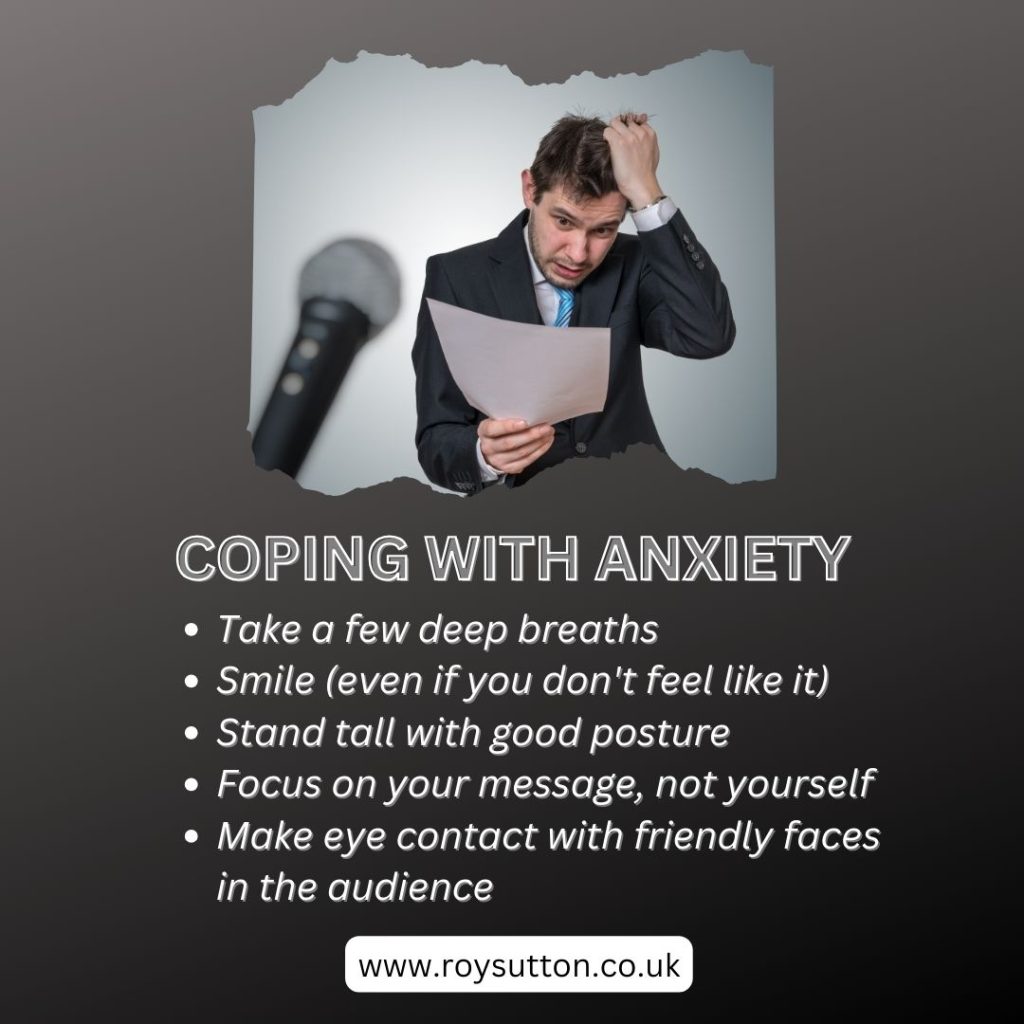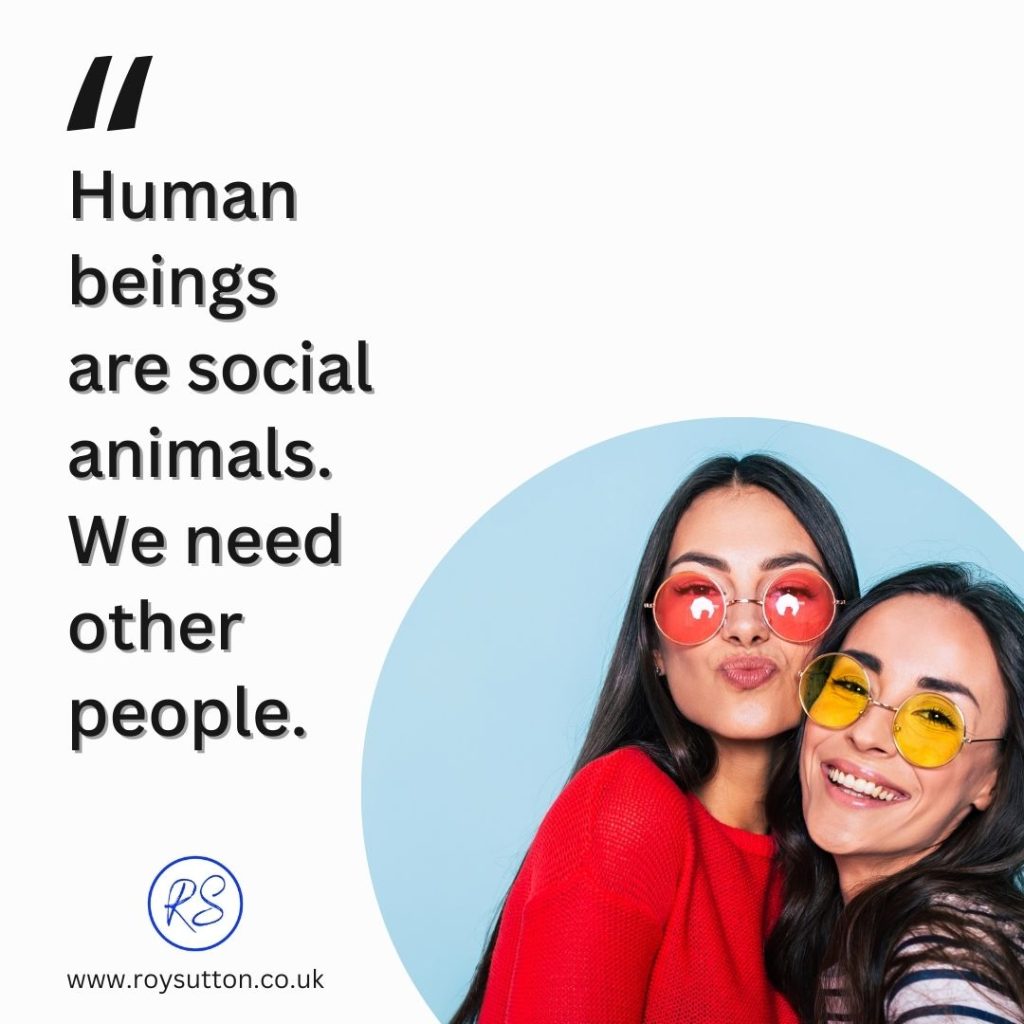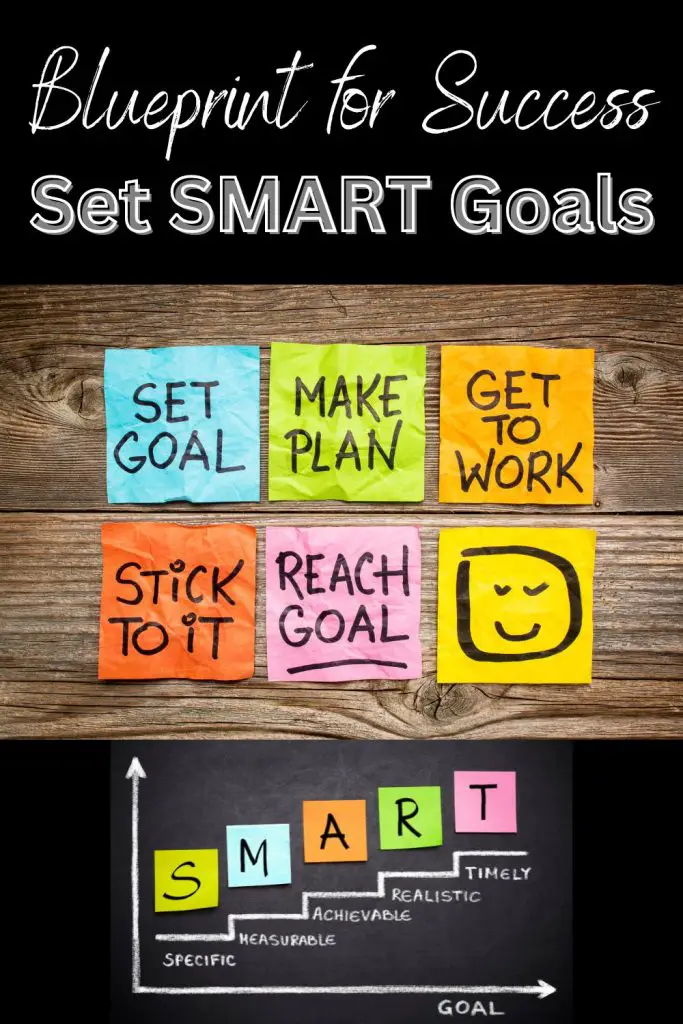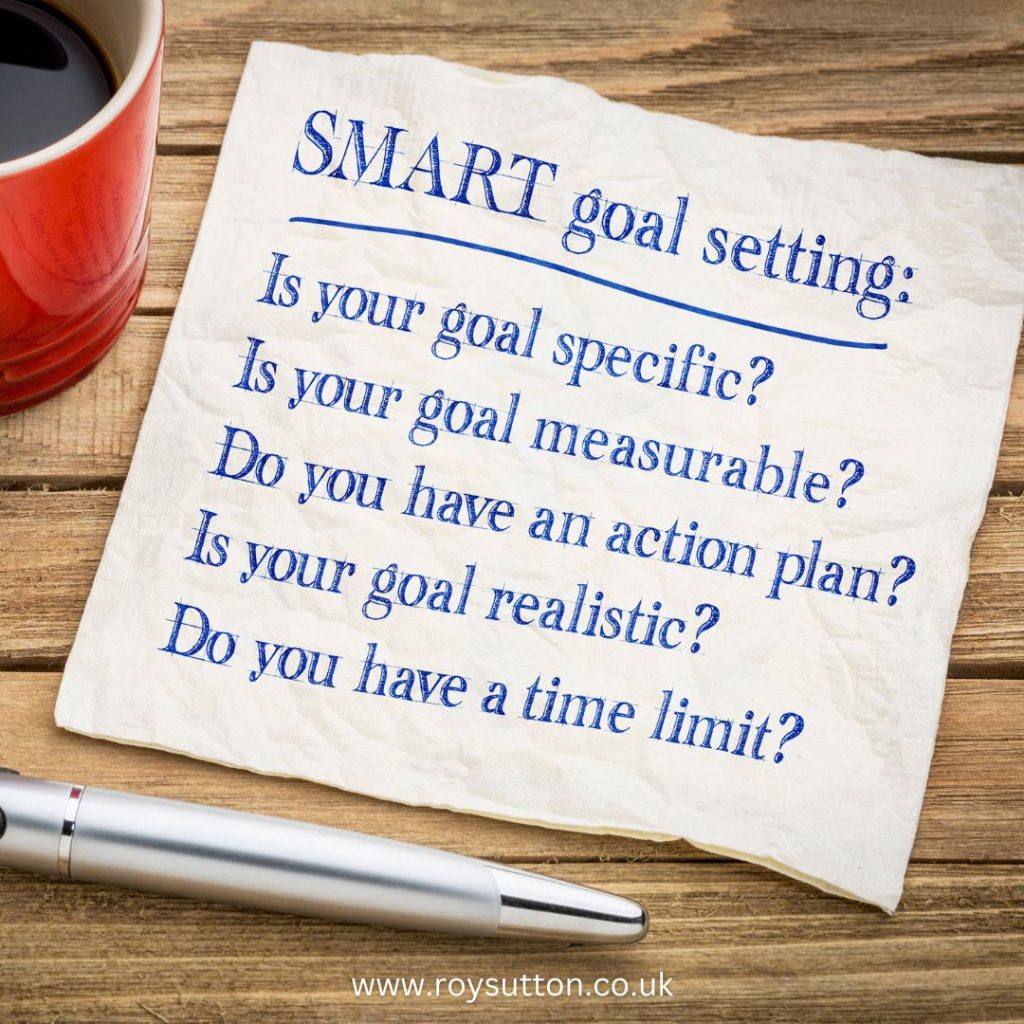
Learning a foreign language opens up a world of opportunities. It can enhance your career prospects, enrich your travel experiences, and broaden your cultural understanding. Many people want to learn a new language but feel unsure about how to start or stay motivated.
The most effective way to learn a foreign language is to make it a part of your daily life.
This means setting aside time each day for study and practice. It also involves finding ways to use the language in real-world situations, even if you’re not in a country where it’s spoken.
There are many tools and techniques available to help you on your language-learning journey. From language learning apps to conversation partners, the key is finding what works best for you and sticking with it. Remember, learning a language is a marathon, not a sprint. With patience and consistent effort, anyone can become fluent in a new language.
Key Takeaways
- Regular practice and immersion are crucial for language learning success
- Using a variety of learning methods helps maintain interest and progress
- Setting clear goals and measuring progress keeps learners motivated
Determining Your Language Learning Goals
Setting clear goals is key when learning a new language. Goals give direction and help measure progress.
First, think about why you want to learn the language. Is it for work, travel, or personal interest? Your reason will shape your goals.
Next, choose specific skills to focus on. These might include:
- Speaking
- Listening
- Reading
- Writing
Decide how fluent you want to be. Do you need basic phrases or full conversations?
Set a timeframe for reaching your goals. This creates urgency and motivation. Make your goals realistic but positive.
Use the SMART method to create effective goals. SMART stands for:
- Specific
- Measurable
- Attainable
- Relevant
- Time-bound
For example: “I will learn 50 new French words in one month.”
Break big goals into smaller tasks. This makes them less daunting. Create flashcards or set daily study times.
Remember to adjust goals as needed. Language learning is a journey, and plans may change along the way.
Choosing a Language
Picking a language to learn is an important first step. Many factors can influence this decision.
Personal interest plays a big role. Students often choose languages they find fascinating or culturally rich.
Career goals are another key factor. Some jobs require or prefer certain languages. French, for example, is useful in many fields.
Travel plans can guide language choices too. Learning the local language enhances travel experiences.
Difficulty level matters. Languages similar to one’s native tongue may be easier to learn. For English speakers, Spanish or French might be simpler than Mandarin or Arabic.
Time commitment is crucial. Some languages take longer to master than others. Learners should consider their available study time.
Here’s a quick comparison of popular languages:
| Language | Difficulty for English Speakers | Global Speakers |
|---|---|---|
| Spanish | Easy | 543 million |
| Mandarin | Very Difficult | 1.1 billion |
| French | Easy | 267 million |
| Arabic | Very Difficult | 274 million |
Ultimately, the best language to learn is one that aligns with the student’s goals and interests. Motivation is key for successful language learning.
Fundamentals of Language Learning
Learning a new language takes time and effort. The key is to make it a priority in your life. Set aside time each day to study, even if it’s just for 15-30 minutes.
Immersion is crucial for language learning. Try to surround yourself with the language as much as possible. Listen to music, watch movies, or read books in the target language.
Vocabulary building is essential. Start with common words and phrases. Use flashcards or apps to practice new words regularly.
Grammar is important, but don’t get too caught up in the rules at first. Focus on basic sentence structures and build from there.
Speaking practice is vital, even if you make mistakes. Find a language exchange partner or join a conversation group. Tandem learning can be a free and effective method.
Listening skills are equally important. Try podcasts or radio shows in your target language to improve comprehension.
Writing helps reinforce what you’ve learned. Keep a journal or chat with native speakers online.
Key strategies:
- Consistent study habits
- Immersion in the language
- Regular vocabulary practice
- Basic grammar focus
- Speaking and listening practice
- Writing exercises
Remember, everyone learns differently. Experiment with various methods to find what works best for you.
Listening Skills Development
Developing strong listening skills is crucial for mastering a foreign language. It allows learners to understand native speakers and engage in real-world conversations.
Understanding Native Speech
To improve comprehension of native speakers, learners should listen to authentic materials regularly. This includes podcasts, news broadcasts, and movies in the target language.
Start with content suited to your current level. Gradually increase the difficulty as your skills improve.
Practice active listening by focusing on keywords and phrases. This helps grasp the main ideas even if you don’t understand every word.
Try to identify different accents and speaking styles. This builds flexibility in understanding various native speakers.
Using Audio Resources
Utilize a variety of audio resources to enhance listening skills. Language learning apps, audiobooks, and online courses often provide structured listening exercises.
Repeat listening sessions at different speeds. Slow down audio to catch details, then increase speed to match natural speech patterns.
Combine listening with other activities. For example, listen to podcasts while commuting or doing chores.
Transcribe short audio clips to improve your ability to distinguish individual words and phrases. This also reinforces vocabulary and grammar.
Speaking and Pronunciation
Good pronunciation and speaking skills are key to mastering a foreign language. Focusing on accents and getting plenty of conversation practice will help improve fluency and confidence.
Mastering Accents
Learning the accent of a new language takes time and practice. One effective method is to imitate native speakers on TV shows. This helps with pronunciation and listening skills.
Students can also try:
- Listening to podcasts in the target language
- Using language learning apps with pronunciation features
- Recording themselves speaking and comparing to native audio
Paying attention to mouth and tongue positions for different sounds is important. Regular practice of difficult sounds will improve accent over time.
Conversation Practice
Getting real-world speaking practice is crucial. Language learners should find opportunities to use the new language daily. This could mean talking to native speakers, joining language exchange groups, or attending conversation meetups.
Other helpful techniques include:
- Talking to oneself in the target language
- Describing daily activities out loud
- Practising with a language partner online
It’s normal to make mistakes when speaking. The key is to keep trying and not be afraid of errors. With consistent practice, fluency will improve over time.
Reading and Vocabulary Expansion
Reading is a powerful tool for learning a foreign language. It helps expand vocabulary and improves language skills. Here’s how to make the most of reading for language learning.
Learning New Words
When reading in a foreign language, focus on understanding new words in context. Don’t stop to look up every unfamiliar word. Try to guess meanings from the surrounding text.
Keep a notebook to write down new words and phrases. Review these regularly to reinforce learning.
Exposure to new vocabulary through various sources is key. Read books, newspapers, and websites in your target language. This variety helps encounter words in different contexts.
Use flashcards or apps to practice new words daily. Repetition aids memory retention.
Utilizing Reading Materials
Start with simple texts suited to your level. Children’s books can be great for beginners. As you improve, gradually move to more complex materials.
Read topics that interest you. This makes learning more enjoyable and motivating.
Try reading aloud to practice pronunciation. It also helps connect written words to their spoken form.
After finishing a chapter or article, summarize what you’ve read in the target language. This reinforces comprehension and helps practice writing skills.
Use language learning apps or websites that offer reading exercises with audio. This helps improve both reading and listening skills simultaneously.
Writing and Grammar Skills
Learning to write and use grammar correctly is key to mastering a foreign language. These skills help learners express themselves clearly and communicate effectively in their new language.
Grammar Rules
Grammar forms the foundation of any language. It’s important to learn the basic rules early on. Start with word order, which can differ greatly between languages.
Next, focus on verb conjugations and tenses. These often cause trouble for learners but are crucial for clear communication.
Pay attention to noun genders and cases if your target language uses them. Practice makes perfect, so do lots of exercises.
Use grammar books, online resources, and language learning apps to study. Try to notice similarities with your native language to make connections and remember rules more easily.
Practice Through Writing
Writing is an excellent way to apply grammar rules and expand vocabulary. Begin with simple sentences and gradually move to more complex structures.
Keep a language journal to practice daily. Write about your day, opinions, or interesting topics. This helps reinforce new words and grammar points.
Try writing emails or messages to language exchange partners. They can provide feedback on your writing.
Read extensively in your target language. This exposes you to correct grammar usage and writing styles. Take notes on new structures you encounter.
Consider starting a blog in the foreign language you’re learning. This gives you regular writing practice and can connect you with native speakers.
Cultural Competency
Learning a foreign language goes beyond words and grammar. It involves understanding the culture behind the language. This skill helps in communicating more effectively and building stronger connections with native speakers.
Cultural Nuances
Cultural nuances are subtle aspects of a culture that shape language use. These include gestures, etiquette, and social norms. Learning a new language improves cultural competence by exposing learners to different ways of thinking and behaving.
For example, in some cultures, direct eye contact is polite, while in others it’s seen as disrespectful. Understanding these differences helps avoid misunderstandings.
Idioms and proverbs often reflect cultural values. Learning these expressions gives insight into the culture’s mindset and history.
Holidays and traditions also play a role in language. Knowing about these events helps in understanding cultural references in conversations.
Contextual Language Usage
Contextual language usage refers to how language changes based on social situations. This includes formal vs. informal speech, age-appropriate language, and professional jargon.
In many languages, there are different forms of address for people based on age, status, or familiarity. Using the wrong form can be seen as rude or overly familiar.
Cultural understanding in language learning helps in choosing appropriate words and phrases for different settings. For instance, business language differs from casual conversation.
Humor and sarcasm vary across cultures. What’s funny in one culture might be offensive in another. Understanding these nuances improves communication skills.
Non-verbal communication, like tone of voice and body language, also changes with context. Recognizing these cues enhances overall language proficiency.
Technology in Language Learning
Technology has transformed how people learn foreign languages. It offers new tools and methods that make language acquisition more accessible and engaging for learners of all levels.
Language Learning Apps
Language learning apps have become popular tools for studying foreign languages. These apps use interactive exercises, games, and quizzes to teach vocabulary and grammar.
Many apps employ spaced repetition systems to help users remember words and phrases over time. Some popular language learning apps include Duolingo, Babbel, and Rosetta Stone.
These apps often use gamification techniques to keep learners motivated. They provide instant feedback and track progress, allowing users to set goals and see their improvement over time.
While apps can be helpful for beginners, they may not provide enough speaking practice for advanced learners. Some critics argue that apps alone cannot replace immersive language experiences.
Online Tutors and Language Exchange
Online tutoring platforms connect language learners with native speakers for one-on-one lessons. These platforms offer flexibility in scheduling and allow learners to practice speaking with fluent speakers.
Popular online tutoring services include iTalki, Verbling, and Preply. They provide options for both professional teachers and community tutors at various price points.
Language exchange websites and apps pair learners who want to practice each other’s native languages. Examples include HelloTalk and Tandem. These platforms enable users to chat via text, voice, or video calls.
Online tutoring and language exchange can provide more personalized instruction than apps alone. They offer opportunities for real conversation practice and cultural exchange.
Consistent Practice and Immersion
Learning a foreign language takes regular effort and exposure. Daily practice builds skills over time, while immersion helps develop fluency in real-world contexts.
Daily Practice Routines
Set aside time each day for language study. Even 15-30 minutes can make a big difference. Use apps like Duolingo or Memrise for quick vocab and grammar practice.
Keep a journal in your target language. Write about your day or thoughts. This improves writing skills and helps retain new words.
Listen to podcasts or watch shows in the language you’re learning. This trains your ear and exposes you to natural speech patterns.
Use flashcards to review vocabulary. Mix physical and digital cards for variety. Test yourself regularly to reinforce your memory.
Language Immersion Strategies
Immersion speeds up language learning. It puts skills into practice in real situations.
Change your phone’s language settings. This forces you to navigate menus and apps in your target language.
Join language exchange groups online or in person. Practice speaking with native speakers. Many cities have meetups for language learners.
Watch movies without subtitles. This challenges you to understand the context and improve your listening skills.
Cook using recipes in your target language. This combines useful vocabulary with a fun, hands-on activity.
Measuring Progress and Adjusting Methods
Tracking language learning progress helps learners stay motivated and fine-tune their approach. Regular assessment and strategy updates are key to reaching fluency goals effectively.
Setting Benchmarks
Setting specific language learning goals is crucial for measuring progress. Learners should define clear targets, such as passing a proficiency exam or having a basic conversation.
One effective method is using the Common European Framework of Reference (CEFR) levels. This system ranges from A1 (beginner) to C2 (mastery).
Learners can also set personal milestones:
- Reading a short story without translation
- Watching a movie without subtitles
- Having a 5-minute conversation with a native speaker
Regular self-assessments help track improvement. Keeping a language journal or using apps to log daily activities can provide concrete evidence of growth.
Adapting Learning Strategies
As learners progress, they need to adjust their methods to match their evolving skills. Tracking progress allows for fine-tuning the learning process.
If vocabulary retention is low, learners might try:
- Spaced repetition software
- Flashcards with context sentences
- Word association techniques
For improved speaking skills, options include:
- Language exchange apps
- Joining conversation groups
- Recording and analyzing speech samples
Learners should regularly evaluate their weak areas and seek targeted practice. This might mean focusing more on listening exercises or grammar drills as needed.
Trying various learning tools and methods helps find what works best. Learners should be open to experimenting with different resources and techniques.
Frequently Asked Questions
Learning a new language raises many common questions. The answers below provide practical guidance for language learners at any level.
What are the most effective strategies for self-learning a new language?
Effective language learning strategies include setting clear goals, practising regularly, and using diverse learning methods. Immersing oneself in the language through movies, music, and books can greatly enhance progress.
Consistent daily study, even for short periods, often yields better results than longer but infrequent sessions. Focusing on high-frequency words and phrases helps build a useful vocabulary quickly.
What resources are available for learning a new language for free?
Many free resources exist for language learners. Online platforms like Duolingo and Memrise offer interactive lessons and exercises. YouTube channels provide free tutorials and lessons in various languages.
Public libraries often have language learning materials and software available at no cost. Language exchange websites allow learners to practice with native speakers for free.
How long does it typically take to achieve fluency in a foreign language?
The time to achieve fluency varies based on several factors, including the learner’s dedication, prior language experience, and the difficulty of the target language. Generally, reaching conversational fluency can take 6-12 months of intensive study.
Full fluency may require 2-3 years or more of consistent practice and immersion. Progress depends heavily on the amount of time dedicated to learning and practising the language daily.
Can you describe a step-by-step approach to learning a new language?
A step-by-step approach to learning a new language typically starts with mastering basic vocabulary and grammar. Next, learners focus on building listening and speaking skills through audio resources and conversation practice.
Reading and writing skills are developed alongside speaking and listening. Regular review and practice of learned material helps reinforce knowledge. Gradually, learners tackle more complex aspects of the language and increase their vocabulary.
Are there any proven techniques or methods that accelerate language learning?
Several techniques can speed up language acquisition. Spaced repetition systems help with memorizing vocabulary efficiently. The comprehensible input method involves exposing oneself to content slightly above one’s current level.
Mnemonics and memory techniques aid in retaining new words and phrases. Active recall, where learners test themselves regularly, helps solidify knowledge and identify weak areas.
What is the first step an individual should take when starting to learn a new language?
The first step in learning a new language is to set clear, achievable goals. This might include deciding on a target level of proficiency or specific skills to develop.
Choosing appropriate learning resources and creating a study schedule are also important initial steps. Beginners often start by learning basic greetings, numbers, and common phrases to build confidence and motivation.
Please share this post with your friends:
If this article is interesting and useful, please share it on social media with your friends. When you share, everyone wins.
So go on, please share it right now. If you do, I will be ever so grateful.
Thank you for being so supportive.

Other articles you might also find interesting:
- 11 tips for improving quality of life now
- Daily Habits of Successful People
- How to find the right job for you: Simply Explained
- How to spot a liar and be your own lie detector
- Self-promotion and why it matters if you want success
- Brian Tracy: Habits of Success
- Why you should make a difference in life
- Why enjoying yourself can never be a waste of time
- Why passion is the key to success
- The importance of friends to our lives
- How to deal with criticism in the workplace
- The secret to happiness
Copyright © Mann Island Media Limited 2024. All rights reserved.




























